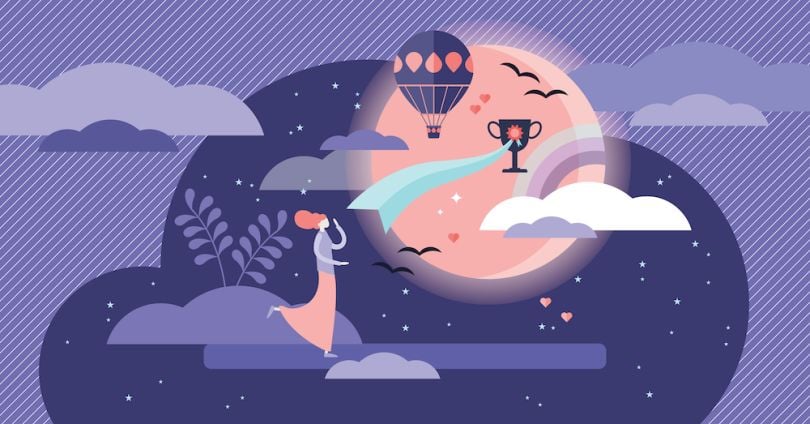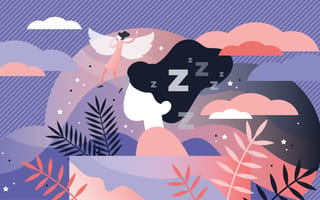Have you ever had a lucid dream? It’s the kind that continues even after you become aware of the fact that you’re dreaming, and more than half of us have had one at some point.
Most relish the experience of being self-reflective while still asleep; they can fly, conquer fears or live out a fantasy. Some lucid dreamers rely on it as a mode of therapy, and it’s used as treatment for nightmare disorders.
Scientists have been trying to find ways to induce lucid dreams for decades now. They have tested various hardware solutions — devices that produce visual or tactile stimulation when the sleeper enters the REM phase, or that zap the brain with mild electrical currents to stoke gamma activity. Results have been mixed.
In the 1990s, scientists observed that shining lights on the faces of subjects as they drifted into REM sleep correlated with more lucid dreams. The lights were potent enough to alert sleepers to the fact that they were dreaming, but not obtrusive enough to wake them up. And so a sleep mask called NovaDreamer, rigged with little lights timed to emit a glow during REM sleep, was born. It’s no longer in production, but its legacy continues.
Since then, a flurry of products claiming to inoculate snoozing minds with the coveted dream state have entered — and exited — the market.

Neuroon Open, for example, a sleep mask that received nearly half a million dollars in pledged funds in crowdsourced campaigns, was designed to produce flashing lights and vibrations during REM sleep. (Neuroon’s app comes with a dream diary too; a tool that lucid dream chasers swear by.) In an update published on the product’s Indiegogo campaign page in January of 2020, company CEO Wojtek Trochimiuk said that the first batch of orders were, after much delay, finally being delivered to backers.
iBand Plus takes a similar approach. The headband “senses” when the brain enters the REM phase, at which point lights flicker above the eyelids. It has the ability to trigger audio cues as well. iBand’s website says that the product begins shipping in August of 2020.
ZMax, a headband that’s been available for purchase since 2018, also delivers light, vibrotactile and auditory stimuli on cue, which sleepers can script themselves through their PCs. The headband’s sensors monitor EEG signals as well as eye movements, body movements and heart rate to more accurately detect REM sleep. Its price point is cost-prohibitive for casual snoozers, but sleep researchers at various universities are using it for tests.
Aladdin and Lucid Dreamer are two more headbands in development. Both take a slightly different approach than the others mentioned above, drawing inspiration from a 2014 study linking lucid dreaming with electrical current stimulation of the brain. (The study’s results have not been replicated.)
These headbands are said to monitor brain activity and emit mild electrical stimulation during REM sleep. The Lucid Dreamer is currently on hold, its cofounder Andre Keizer told Built In. And the Aladdin device is not yet available for purchase, according to its website.
As with a lot of ambitious hardware, the technology is possible to make — it’s just expensive.
“This is a cross-disciplinary undertaking where you need to have the engineering and the neuroscience,” said Curzio Vasapallo, inventor of the ZMax. “And I just think that there’s no commercial incentive to do a lucid dreaming device that works properly.”
It’s not just the cost. Or the tech. The key ingredient of lucid dreaming induction is found in the efforts of the sleepers themselves.
Vasapallo said that, no matter how sophisticated the stimulus cues or accurate the REM detection of these devices get, at the end of the day, inducing a lucid dream is less about the technology and more about the sleepers taking the time to train themselves. This can take the form of getting in the habit of writing down your dreams after they happen, or playing audio cues — “You are dreaming, you are dreaming” — as you begin to doze.
“Getting that stimulus taught to you as you’re falling asleep, it seems like a lot less high tech than stimulation of the brain,” he said, “but in practice, I think it’s a lot more useful.”




